Modi & Xi: war or peace?
In this special episode, Professor M.D. Nalapat joins us to discuss the current border stand-off between India and China, sharing a unique glimpse into the policy psyche of India, China and the United States.
In this special episode, Professor M.D. Nalapat joins us to discuss the current border stand-off between India and China, sharing a unique glimpse into the policy psyche of India, China and the United States.
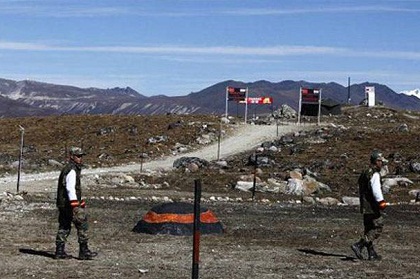 Courtesy: India Today
Courtesy: India Today
The origin of current India-China hostilities in Bhutan harks back to a colonial era agreement framed in 1890 between the British and the Qing empire on issues related to Tibet and Sikkim. The present standoff is an occasion to revisit many aspects of a relationship that has shown perennial strain
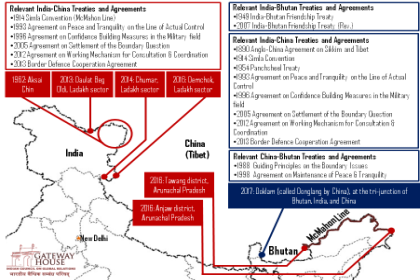 Courtesy: Google Maps
Courtesy: Google Maps
Since mid-June, India and China have been locked in an intense stand-off in the Doklam plateau, at the tri-junction of Bhutan, India, and China. Gateway House chronicles previous border incursions and transgressions by China into India’s territory and mentions relevant treaties and agreements
 Courtesy: Selvaraja Rajasegar
Courtesy: Selvaraja Rajasegar
Yameen Rasheed (1988-2017), Gateway House contributor, blogger and activist, was always full of sharp insights about his country’s politics
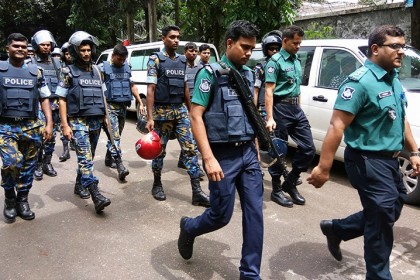 Courtesy: Reuters
Courtesy: Reuters
Bangladesh Prime Minister Sheikh Hasina will visit India beginning April 7 at a time when her country is confronted with Daesh-inspired terrorism. In the interests of regional stability, it is critical that the two countries maintain a united front against extremism
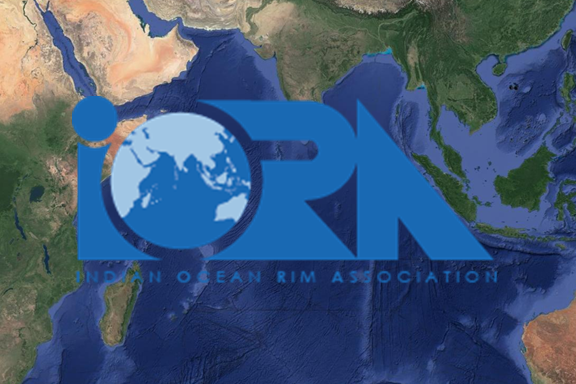 Courtesy: Gateway House
Courtesy: Gateway House
The two decade-old Indian Ocean Rim Association holds its first ever summit next week. Maritime safety and security in the region is a paramount concern as also enhanced trade, but will the Blue Economy be included as a priority? Another area of concern is devising modalities for cooperation with dialogue partners, such as the United States, China and Japan
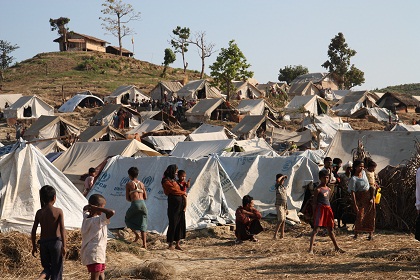 Courtesy: Wikimedia Commons
Courtesy: Wikimedia Commons
Even nearly 70 years after independence, the people of Myanmar are struggling to complete nation-building and resolve the Rohingya issue. Is the million-strong community an ethnic group native to Myanmar or is it of South Asian origin, and, therefore, a part of Bangladesh? Evading the issue may not hasten national reconciliation
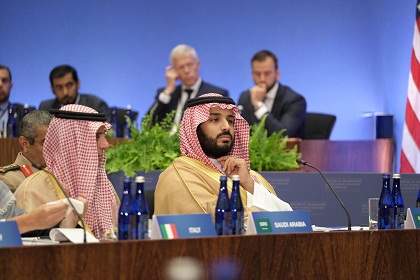 Courtesy: Flickr
Courtesy: Flickr
Prince Salman’s accession to the throne after the death of Saudi King Abdullah on 23 January 2015 has been a game changer, both domestically and in West Asian politics. Within days, he sidelined rivals within the House of Saud, and took on Iran with a confrontational policy. But two years later, the results of his new strategy disappoint
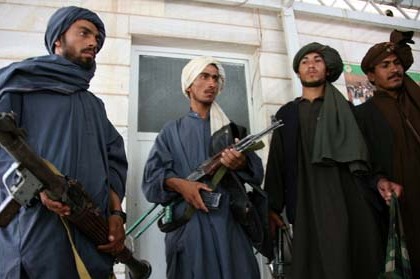 Courtesy: Flickr/ResoluteSupportMedia
Courtesy: Flickr/ResoluteSupportMedia
The Russians have concluded that the Afghan Taliban offer a better shield against the Islamic State than the old Northern Alliance. A negotiated settlement in Afghanistan could be achieved if Washington and New Delhi join Moscow, Beijing, Islamabad and Tehran in a joint effort.
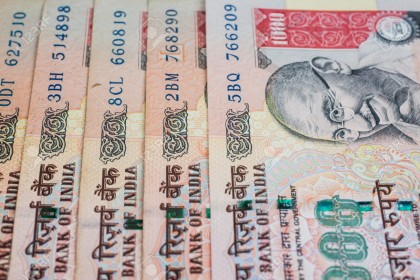 Courtesy: 123RF
Courtesy: 123RF
On November 8, when Prime Minister Narendra Modi announced to India, the demonetisation of high-value currency notes, he specifically referred to the use of Hawala and fake Indian currency notes for terrorist financing. The hawala system to move funds globally for terrorist financing is huge, secretive, and layered—and a challenge for national security agencies.